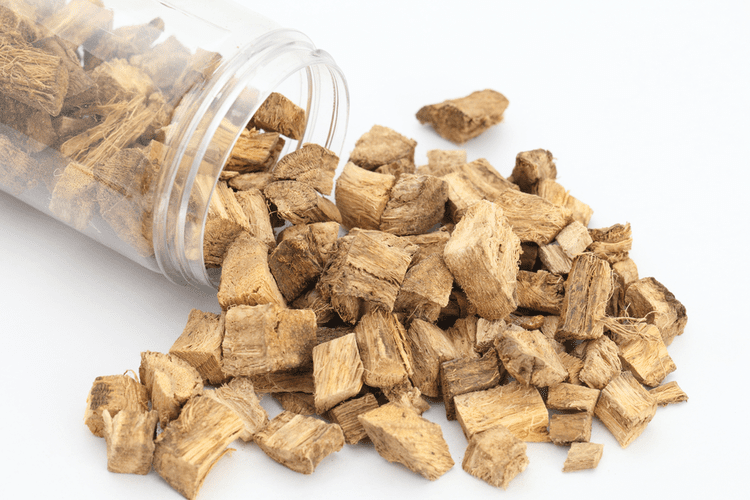In Part 1, we covered licensing requirements in Utah, New Jersey and Arizona, voluntary certification programs in Florida, Maryland, Massachusetts, Missouri, Rhode Island, Pennsylvania and Illinois, as well as referral partnership restrictions in Florida. Valley Spring Recovery Center offers comprehensive addiction and mental health treatment services. Contact our admissions team, available 24/7, to start your journey towards recovery. Sober living homes are allowed and, in some cases, required to accommodate residents who are prescribed MAT as part of their recovery process. These homes play a crucial role in supporting sustained recovery, provided they have the appropriate resources and policies in place to safely manage the specific needs of individuals on medication-assisted treatment. Many sober living homes encourage residents to engage in employment, educational pursuits, or volunteer work.
- Sober living homes provide essential support to individuals recovering from addiction, offering a drug-free environment that promotes sobriety and personal responsibility.
- S. National Library of Medicine, sober living homes act as a transitional support for community-based treatment and recovery services.
- Leaving drug treatment only to re-enter a destructive home environment makes it all but impossible for a recovering addict to maintain abstinence for any length of time.
- Tenants soon complained of excessive dust, of illegal construction, of sloppy work.
- This structure also ensures that the environment remains a safe and supportive haven, especially crucial for those in the early stages of recovery.
So Far, Only Three States Have Imposed Licensing Requirements for Sober Living Homes
House managers are pivotal in maintaining the sanctity and order of sober living houses. Their primary responsibility is to ensure that residents adhere to the house rules. Sober living homes operate under a set of specialized rules tailored to ensure a smooth transition from rehab to a more independent life. These rules are not just arbitrary; they are rooted in evidence-based practices known to aid in sustained recovery. Sober living rules place an emphasis on mutual respect, accountability, and skill-building, serving as a framework for both individual and collective success. Sober living rules regulations are crucial in creating a harmonious living space, making it easier for residents to focus on their recovery goals.
Understanding National Regulations on Sober Living Homes in the United States – Part 1

Residents are expected to attend house meetings, which provide an opportunity for open communication, support, and addressing any concerns or issues within the home. Specific nuances of each rule depend on the sober living home or manager. As you’re searching for the environment that’s right for you, ask each potential recovery home what their rules are. Claim your free trial today and see why more sober living homes prefer the Sober Living App. In 2020, Arizona began requiring sober living homes to register for licenses, as well.
Have you filed a complaint for a rent overcharge or illegal construction?
As someone who is personally journeying through recovery, Ben’s work is not only rooted in professional knowledge but also enriched by his own experiences. His commitment to sharing stories of hope and resilience has established him as a credible and respected figure in the addiction treatment community. However, it’s important to note that not all sober living homes have strict restrictions related to criminal backgrounds. Some homes may be more open and considerate, taking into account factors such as the nature of the offense, the individual’s commitment to recovery, and their willingness to abide by the rules and guidelines of the facility. These rules and standards are not just bureaucratic measures; they are vital for creating an environment that supports recovery. By fostering a sense of community, stability, http://www.ekranka.ru/actor/165/ and safety, these standards help residents focus on their recovery journey without the added stress of instability or unsafe conditions.
- Legal precedents, such as the case of One Love Housing, LLC v. City of Anoka, MN, illustrate the application of the ADA in disputes involving sober living homes and restrictive zoning.
- Since harassing a rent-regulated tenant became a crime in the state in 1997, no landlord has been convicted.
- These homes are generally more affordable and emphasize peer support and self-sufficiency as crucial elements of recovery.
- Mr. Soldevere said examiners had determined that the protection planned for tenants was appropriate for the proposed construction.
Sober living facilities are crucial components in the continuum of addiction recovery care. They provide a structured and supportive environment essential for individuals transitioning from more intensive treatment phases to routine daily living without substance use. Established under the guidance of the National Association of Recovery Residences (NARR) in 2011, these facilities operate under a set framework designed to ensure safe, healthy, and substance-free living conditions. In summary, the interplay between federal and state laws and local regulations shapes the landscape in which sober living homes operate. The concerted efforts to tighten oversight and provide resources aim to bolster the effectiveness of these homes in the recovery ecosystem. A sober living house provides individuals recovering from substance use disorder with a safe place to live before they’re ready to return to their former lives.
Federal, state and local governments all have a say on how recovery housing is regulated. The effectiveness of sober living homes is a crucial factor in the recovery process for individuals living with substance use disorders (SUDs). These homes provide a structured, supportive environment essential for the transition to sobriety.

Find Addiction Treatment And Mental Health Resources
Federal laws provide a framework of protections and regulations for sober living homes, chiefly through the Fair Housing Act (FHA) and the Americans with Disabilities Act (ADA). Key to the success of sober living homes is the creation of a community that fosters long-term sobriety. Residents must often participate in regular drug testing, adhere to house rules, and engage in shared responsibilities. A Level I sober living home typically does not have any paid staff and relies on its residents to monitor behavior and enforce policies and procedures. Sober living homes vary depending on how http://uniton.by/index.php?view=search&query=angry&look=allwords they’re run and the services they provide. Some sober living homes may also cater to specific groups, such as women, men, young people, older adults or LGBTQIA individuals.

Individuals without a Stable Living Environment
To review SODs and enforcement actions for licensed facilities, please visit AZCareCheck.com. In this installment of our Licensing series, we will share more information about ADHS’ role in regulating homes that require licensure as an SLH or a BHRF. We have prepared an easy to use fact sheet to help clarify some of these differences, as well. RecoveryView.com is a monthly online magazine for addictions professionals. Counselor Magazine is the official publication of the California Association of Addiction Programs and Professionals (CCAPP). Counselor offers online continuing education, article archives, subscription deals, and article submission guidelines.
ADA Protections for Residents of Sober Living Homes
Many sober living homes also require residents to https://lux-standart.ru/articles/proizvoditeli-oboev-iz-italii-obshhie.php pay weekly rent following a one-time move-in fee, according to Robilio. Level III homes employ administrative staffers, such as a facility manager and certified staff of case managers, and maintain an organizational hierarchy. Adding on to previous Levels’ services, Level III includes an emphasis on life skill development, offsite clinical services and in-house service hours. “We won’t tolerate landlords who use construction to harass tenants,” he said, adding that since September, the department had issued 547 violations for lying about occupancy and regulation on permits. Gov. Andrew M. Cuomo has still claimed successes, including a plan in January 2016 to re-regulate up to 50,000 illegally deregulated apartments. An advertisement said the 19-unit building had 14 rent-regulated apartments with an average rent less than half of market rate.